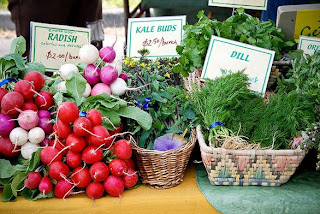Wild Asia organizes and manages a tourism industry program named Responsible Tourism Initiative; unique amongst any other sustainable tourism events. Annually, a greater number of tourists hit the road under an ever expanding umbrella of an increasing number of low cost carriers and various newly discovered destinations. However, following this boom in commercial tourism are the concerns regarding possible negative impacts on the environment, local communities, and natural wildlife. Responsible Tourism (RT) is aimed at reducing this impact by promoting practices that contribute back to the local communities, preserve natural ecosystems, and the natural history of the regions.
When asked how Wild Asia makes RT a reality, they answered enthusiastically, “We do this by creating rewards, promoting, sharing, and inspiring change from within the travel industry in order to make a difference. Every year, we run an Awards program called the Responsible Tourism Awards; now in its 6th year. These Awards culminate at a regional platform in ITB Asia Singapore were tourism experts and industry leaders come together to network and contribute innovative ideas and possibilities.”
As tourism increases across the globe, the need for sustainable management amongst every form of tourism operator is essential to maintaining a healthy environment. Individuals, families, and even companies are increasing their travel significantly. “It is important that we all consider our impacts on the environment and choose accommodations carefully so we do not lose the cultural and natural gems that tourists come to Asia for in the first place”, says Dr. Reza Azmi, director and founder of Wild Asia.
Quite pointedly Wild Asia remarked, “For those who think that travelling responsibly does not concern them; think again. According to the World Travel and Tourism Council, by the year 2020 one out of every eleven jobs will be tourism related. Furthermore, Asia is one of the top tourist destinations in the world. Thus it is vital to become aware of the travel industry and the impacts it has economically, culturally and environmentally. The RT Awards acknowledges those who are working towards conserving local culture and environment while boosting local economies.”
In a few final words Wild Asia sends out and invitation to all, “Wild Asia’s 6th Responsible Tourism Awards will be beginning soon and we would like to extend the opportunities for you to be part of this event in 2011. Whether you are an individual who would like to find out more about sustainable destinations and accommodations in Asia, or an accommodation operator who wishes to enter the awards, or perhaps you may be part of a company who wishes to support the Awards, Wild Asia urges you to get involved. The Responsible Tourism Initiative and Awards is a very unique program that anyone can participate in and it is your support that truly makes a difference.”
For those interested in participating, supporting or sponsoring the Awards contact Sarah Mayer at greenty.com@gmail.com and you will be redirected to the proper source of information.
About Wild Asia
Wild Asia is a social enterprise working with businesses and communities to promote best practices for a sustainable future. Our hope is that through meaningful engagement, we can minimize adverse impacts on the environment, ensure that local communities are engages and that local cultures are respected.
About Greenty.com
Greenty is the First Green Travel Guide; ensuring that every hotel you pick is selected and recommended as an ideal eco hotel, and located at the perfect eco destination to suit any eco conscious traveler’s needs.










